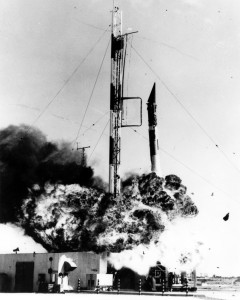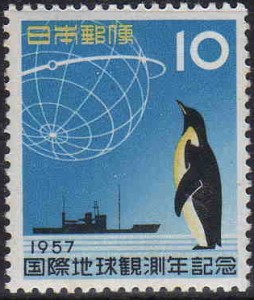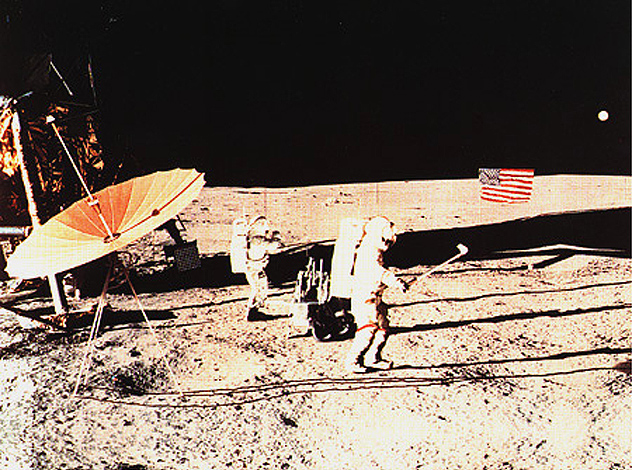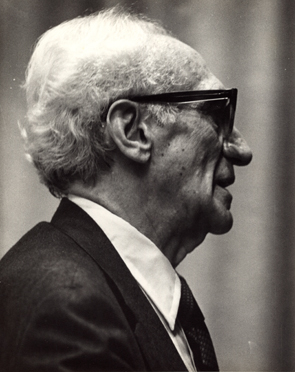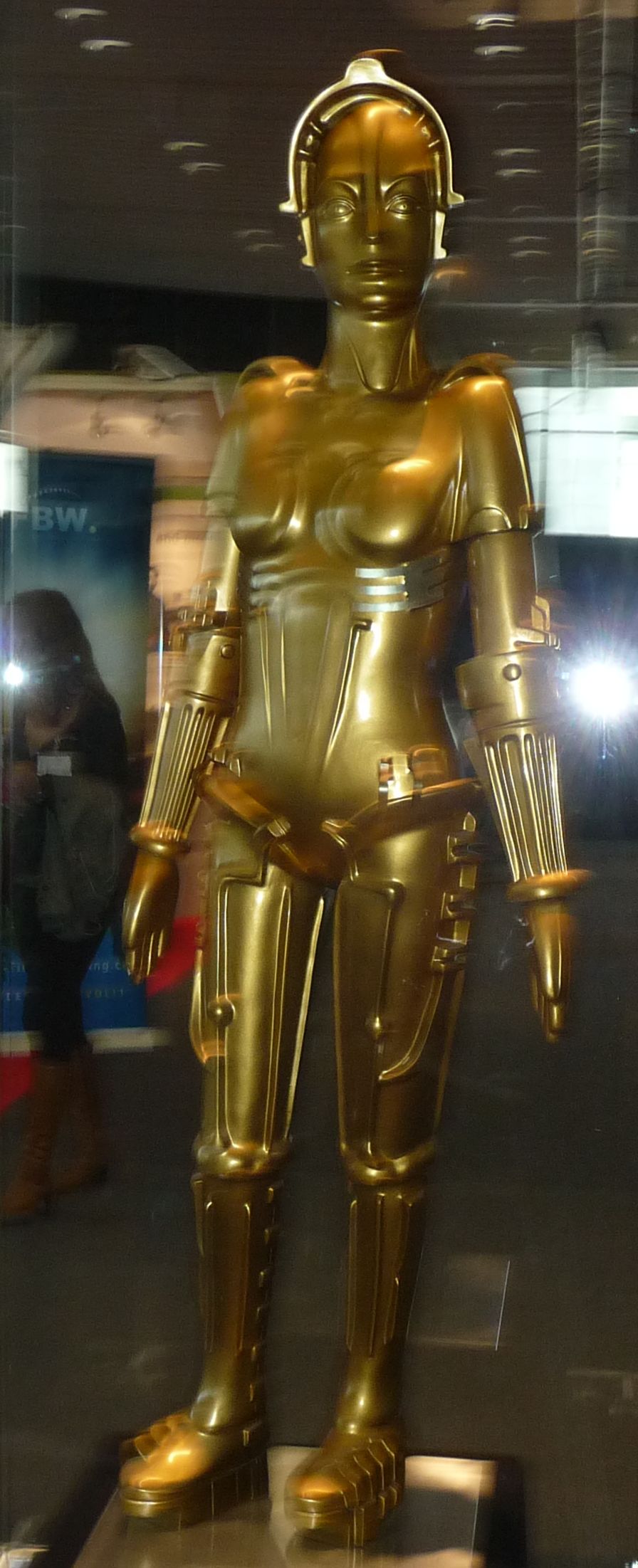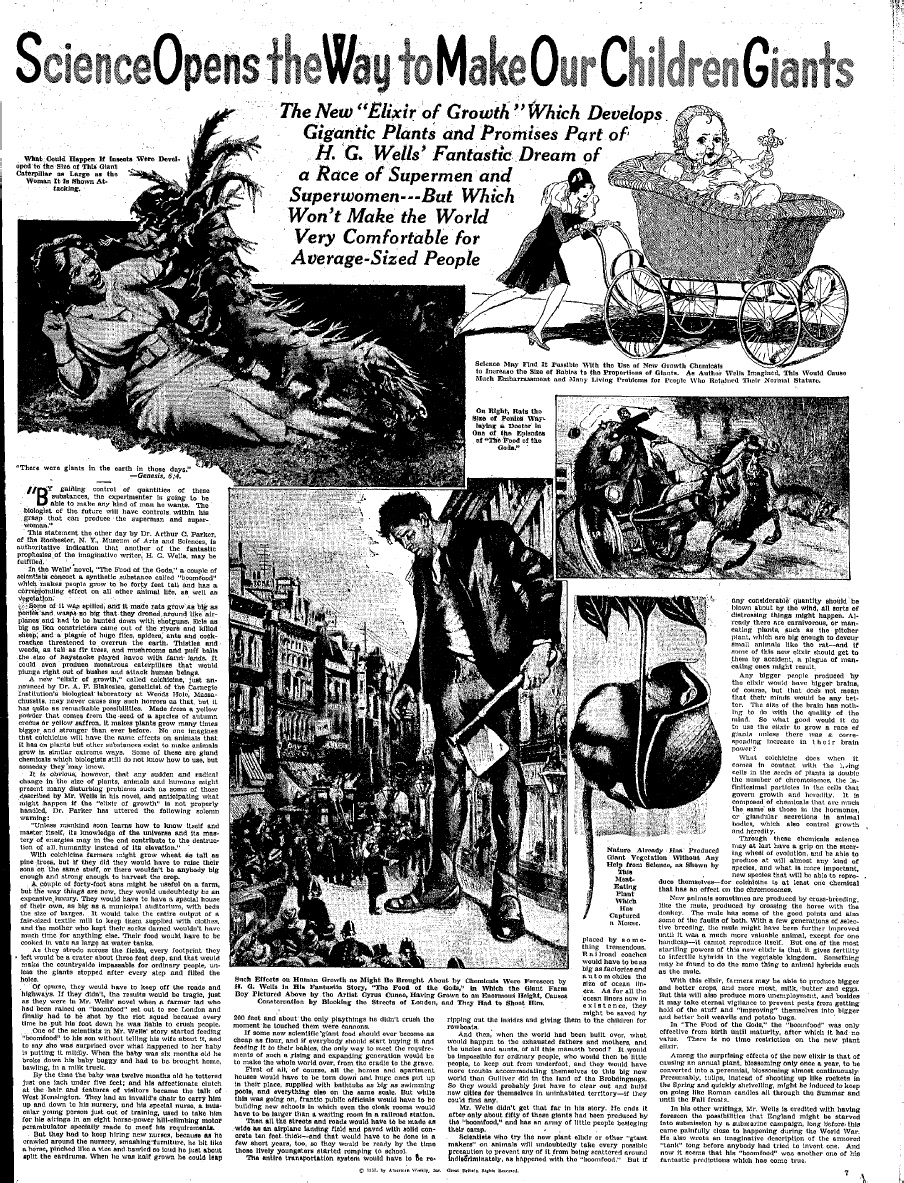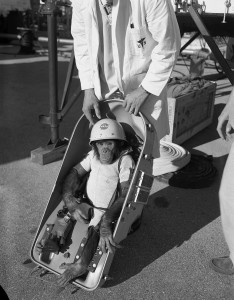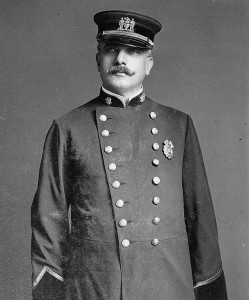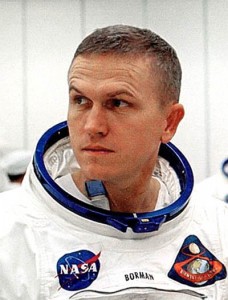In 1957-58, 64 nations from both sides of a Cold War that would continue for three more decades came together to perform large-scale scientific research as part of an alliance known as International Geophysical Year. It was an unprecedented display of global information sharing, with satellites launched and knowledge of space travel gained. Life magazine covered the outset of the project with the article, “The World Studies the World.” An excerpt:
“Through the top of a strange sheet-metal shack at Ft. Churchill, Manitoba, a powerful research rocket last week streaked into the upper air to perform one of the first major experiments of the newly launched International Geophysical Year. While the rocket is radioing its data from 160 miles up, a team of seismologists deep in a Chilean tunnel were taking data from earthquake recorders. A pair of oceanographers on the remote Pacific island of Jarvis were collecting samples of ocean water. And in the South Pole Americans were observing the fluctuations of a rare red aurora.
In hundreds of other places and ways, 8,000 scientists of 64 nations were starting history’s most ambitious scientific research program. In the IGY, says Dr. Joseph Kaplan, chairman of U.S. IGY committee, ‘scientists of the world are going to take a long and special look at our earth –at its wrinkled crust, its hot heart, its deep seas, its envelope of air, its mighty magnetism, its relationship to outer space.’
IGY, which will last for 18 months through December 1958, will cost half a billion dollars. Its end results should be of extreme practical value; vastly improved communications, more accurate navigation for ships and planes, billions of dollars and many lives saved with improved weather forecasting, and further progress toward mastery of polar regions and outer space.”
••••••••••
Donald Fagen sings a hopeful 1982 song which he wrote from the vantage point of those involved in IGY: “Here at home we’ll play in the city / Powered by the sun / Perfect weather for a streamlined world / There’ll be spandex jackets, one for everyone.”

